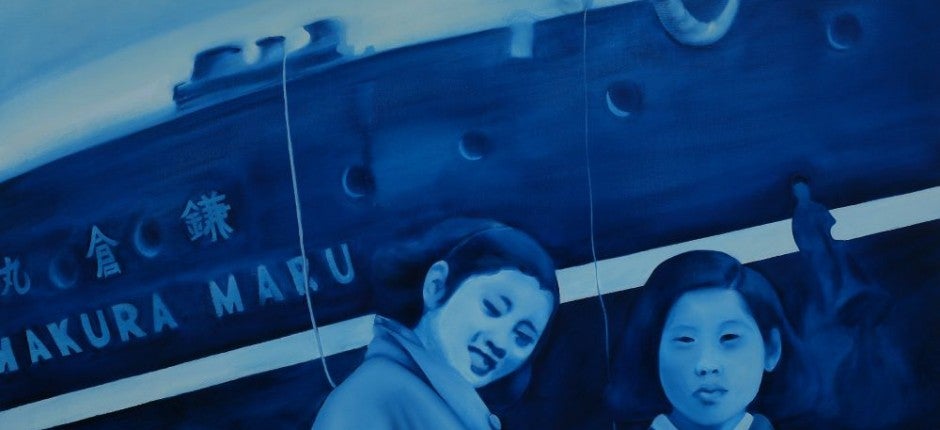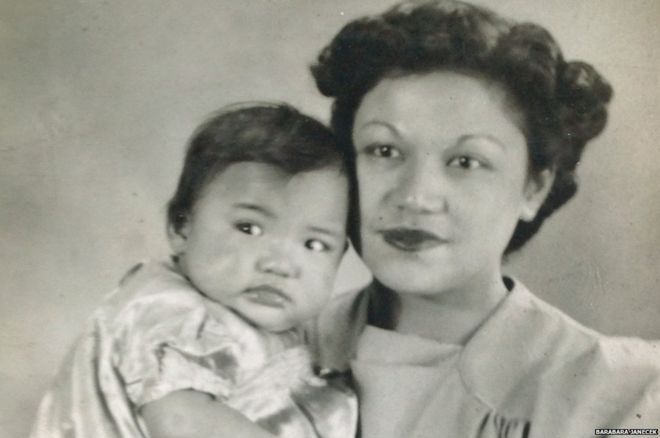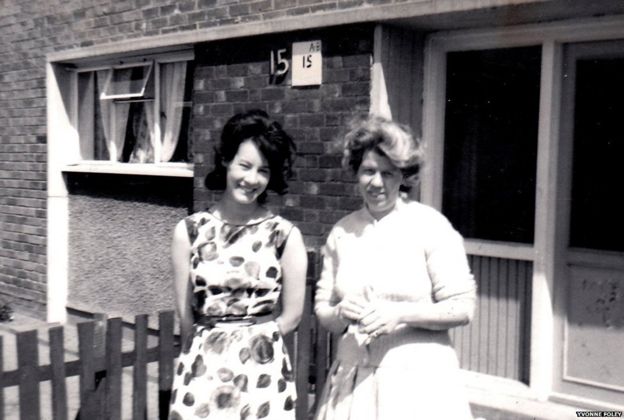Four-country newspaper framing of Barack Obama’s multiracial identity in the 2008 US presidential electionPosted in Africa, Articles, Asian Diaspora, Barack Obama, Caribbean/Latin America, Media Archive, United Kingdom, United States on 2015-09-02 22:02Z by Steven |
Ecquid Novi: African Journalism Studies
Volume 35, Issue 3, 2014
pages 23-38
DOI: 10.1080/02560054.2014.955867
Kioko Ireri, Assistant Professor of Journalism & Mass Communication
United States International University-Africa, Nairobi, Kenya
Though Barack Obama was the first African American presidential nominee for a major party in the history of the US presidential election, his multiracial identity put him under intense scrutiny during the 2008 election – more than any other previous black aspirants for the White House. Using quantitative content analysis of election stories in the newspapers of four countries (New York Times – US; Times – Britain; China Daily – China and Daily Nation – Kenya), this comparative study examines the prevalence of four racial frames associated with Obama’s multilayered racial identity: ‘African American’, ‘black’, ‘Kenyan roots’ and ‘white roots’. In addition, the study investigates the four newspapers’ valence coverage of the four racial frames in relation to Obama’s candidacy. The findings indicate that ‘Kenyan roots’ was the racial frame which occurred most frequently, followed by the ‘black’ frame. Overall, Obama received more positive coverage than negative across the racial frames depicted in the four newspapers.
Read or purchase the article here.



